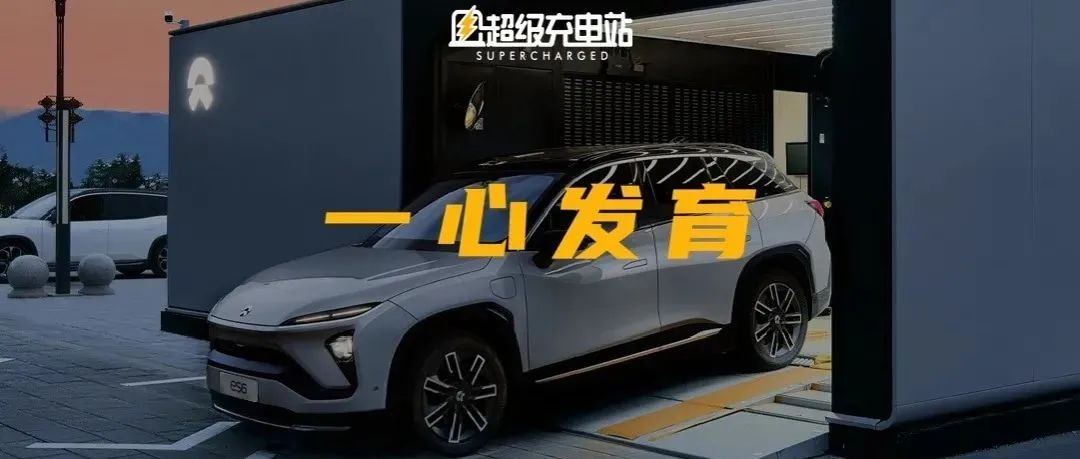Author: French Fry Fish
Today, July 6th, 2022, is a big day for NIO Power, which has just turned 4 years old.
In the morning, the world’s first 100% clean energy swapping station, which is also the 1000th swapping station of NIO, was officially launched in Lhasa.
As a matter of fact, the total number of NIO swapping stations is far more than 1000 by now.
During the just concluded NIO Power Day 2022, Li Hong Qin, the co-founder and president of NIO, once again talked about NIO Power’s past, present, and future.
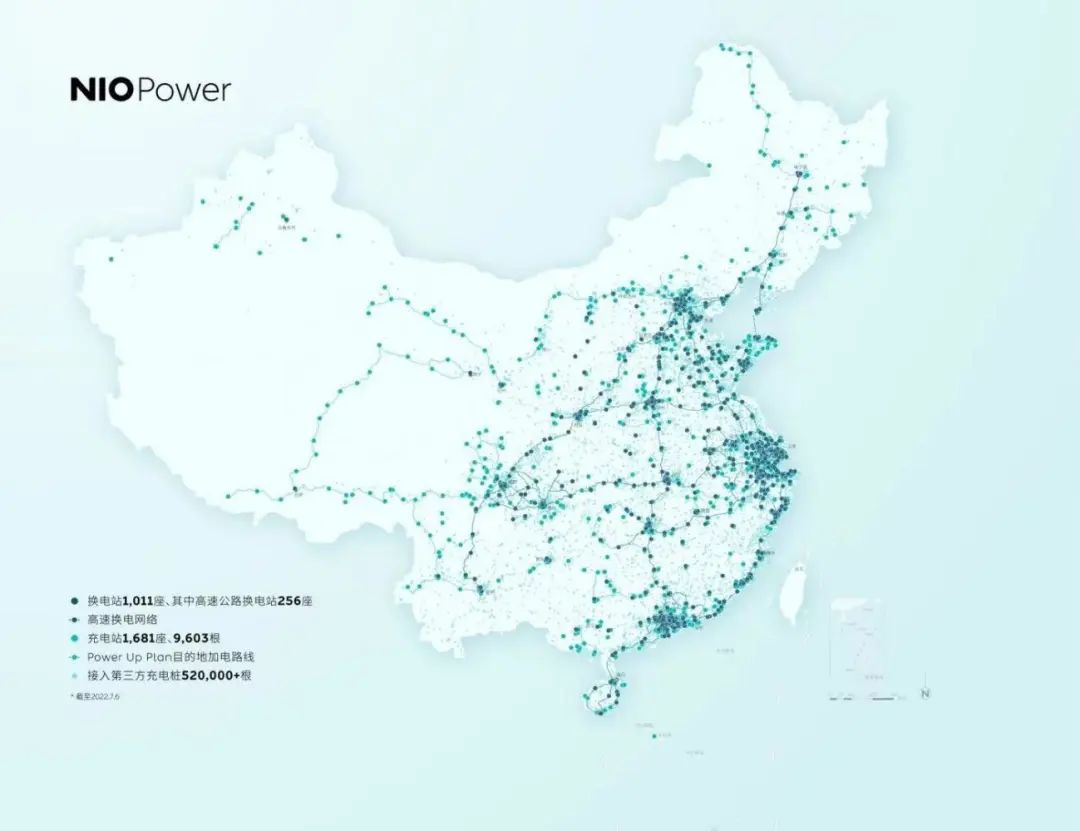
- There are 1011 swapping stations, including 256 on high-speed highways;
- There are 1681 charging stations with 9603 charging piles;
- Over 520000 third-party charging piles have been accessed;
- There are 31 Power Up Plan route destinations;
- Over 10 million swapping services;
- Over 820 thousand “one-button charging” services.
This is a report that needs no adjectives.
“Fit your shoes”
Why are such a complex energy supplement system built?
Li Hong Qin answered this question with a table.
NIO established a user demand scenario model with two dimensions: “parking time” and “vehicle usage area”, which is the main reason why NIO established NIO Power team in 2015 and wanted to build NIO Power.
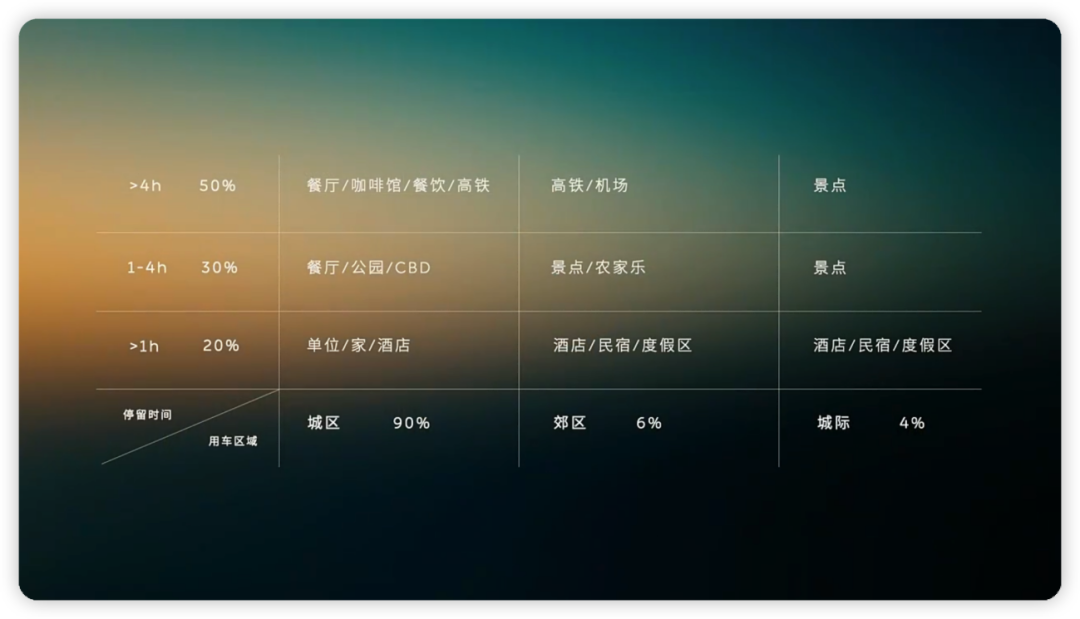
“The user car scenario is so diverse. As a result, it is inappropriate to let the user change their behaviour to adapt to me. We should adapt to the naturally generated needs of the user with more flexible methods.”
What I read between the lines of what Li Hong Qin said is “customer-centric”.
But even though NIO’s swapping and supercharging stations are so advanced, NIO still says, “Home charging piles are the best way to recharge.”
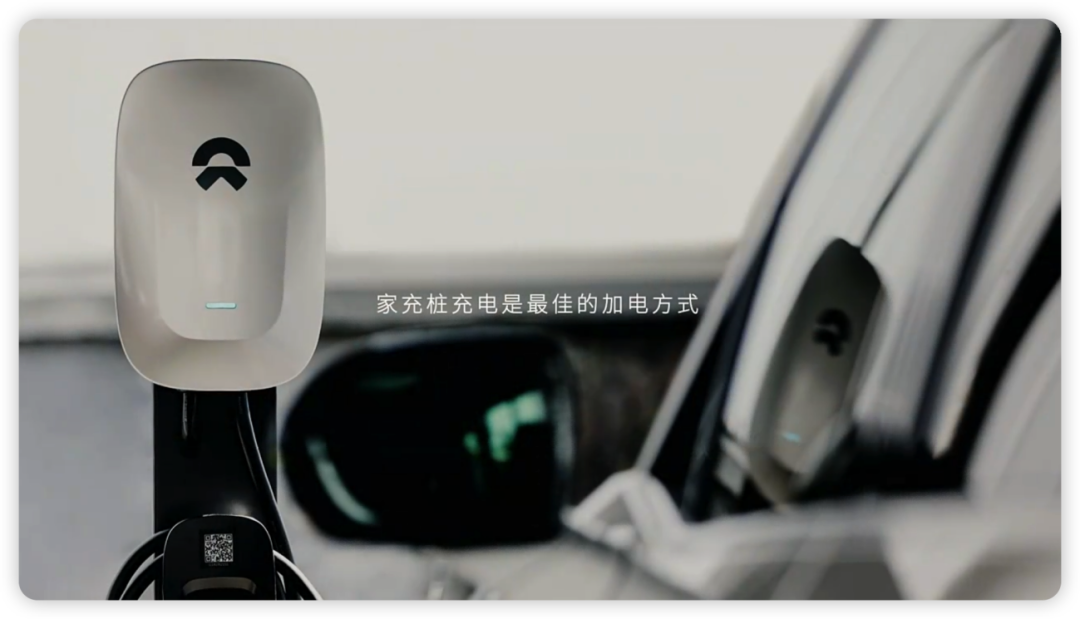
In a sense, NIO’s view is to deny the achievements of NIO Power. However, it is probably only for a brand like NIO, which has made sufficient efforts to build an energy supplement network, that this statement is true and won’t cause resentment.Home is the most common and important place for users, and the advantage of home charging is not speed, but the saved time and energy on the road.
To this end, NIO has a dedicated team responsible for home charger exploration, installation and delivery, and has installed home chargers for nearly 130,000 NIO users.
But when it comes to speed, swapping batteries is the fastest.
NIO car owners refer to residences within 3 kilometers of a battery swap station as “electric zone houses”. To understand how good the 5-minute fully charged experience is, just look at NIO car owners’ obsession with “electric zone houses”.
According to data provided by NIO, the coverage rate of “electric zone houses” in China is currently 62.1%, and in major cities such as Beijing, Shanghai and Shenzhen, the coverage rate can reach or even exceed 80%.
How to understand this coverage rate?
Let’s take Constantine, a new owner of ET7, as an example. He just picked up the car a month ago and has already swapped batteries five times, almost always waiting until the SOC is in single digits before swapping, and he hasn’t had to push the car yet.
Outside the urban areas, NIO has already established 205 high-speed battery swap stations, connecting the five north-south and three east-west highways, covering the Beijing-Tianjin-Hebei region, Yangtze River Delta, Guangdong-Hong Kong-Macao Greater Bay Area and Chengdu-Chongqing city cluster.
The significance of high-speed battery swap stations is to dispel users’ worries about driving electric cars on long-distance trips. Under the framework of the five north-south and three east-west highways, NIO has indeed realized the demand for long-distance high-speed battery swap in off-peak hours, as for more places you want to go and peak-period battery swaps during holidays, this is something that NIO Power, which is four years old, will solve next.
Thinking behind charging
At this year’s NIO Power Day, Qin Lihong highlighted the NIO Energy Cloud.
“This is the brain of NIO Power.”
This is perhaps the most difficult part for users to perceive, but also the most relevant part of the NIO energy system.## English Markdown Text
If you are a NIO car owner who has complained about the lack of battery swapping stations near your home, you can gather here. Shen Fei, NIO’s Senior Vice President of Energy Business, will explain to you what “smart location selection” is.
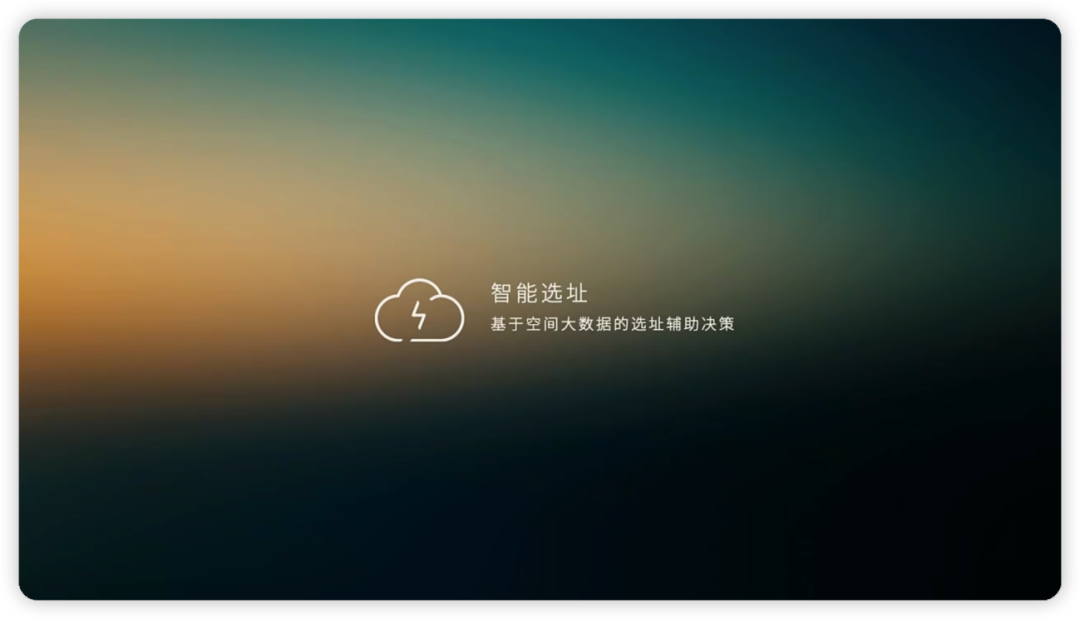
Shen Fei used Shanghai as an example. In the background, NIO Energy Cloud divides Shanghai into 1 square kilometer small grids. In areas with high user charging demand, the small grids will become gray or blue, while in areas with weak user charging demand, you can’t even see the small grids on the map. The occupancy status of the battery swapping stations is also marked with different color blocks.
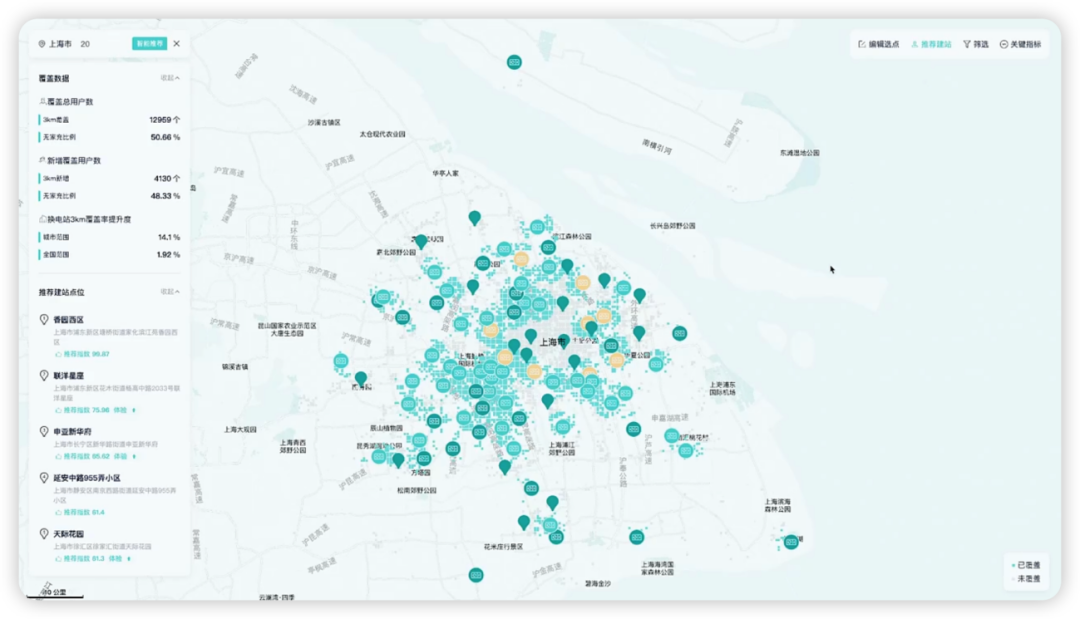
These color blocks or user demand data are also a major basis for NIO to choose locations.
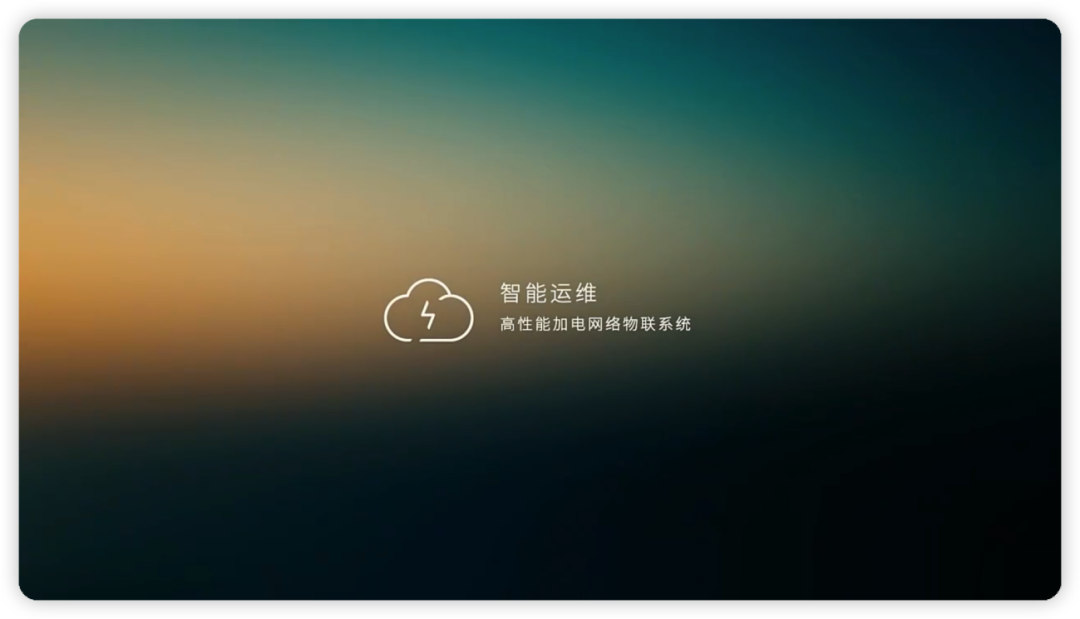
NIO Energy Cloud collects data from NIO Power’s battery swapping stations, supercharging stations, charging piles, and even third-party charging piles, and carries out some corresponding smart detection, diagnosis, and operation and maintenance.
For example, the following figure shows the operating data of NIO’s nationwide battery swapping stations.
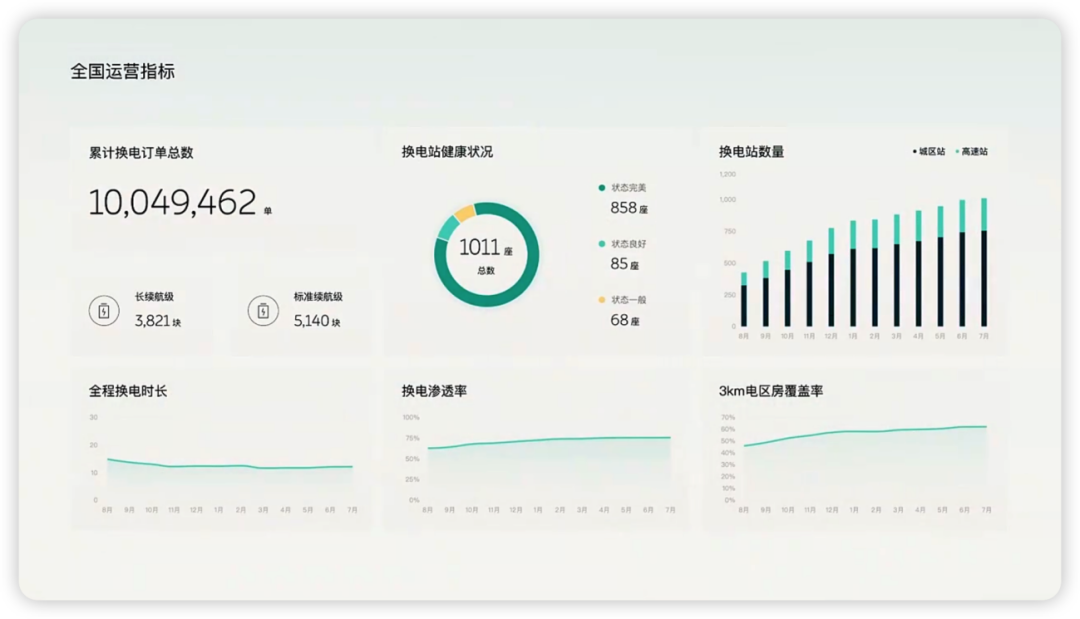
From the figure, we can see that there are a total of 8961 batteries circulating in NIO’s battery swapping network, which may be the first time NIO has released this data.
The data collection is not general but precise to individuals and real-time. The NIO Energy Cloud’s background can see the virtual projection of each battery swapping station, or use a trendy term, “digital twin”.
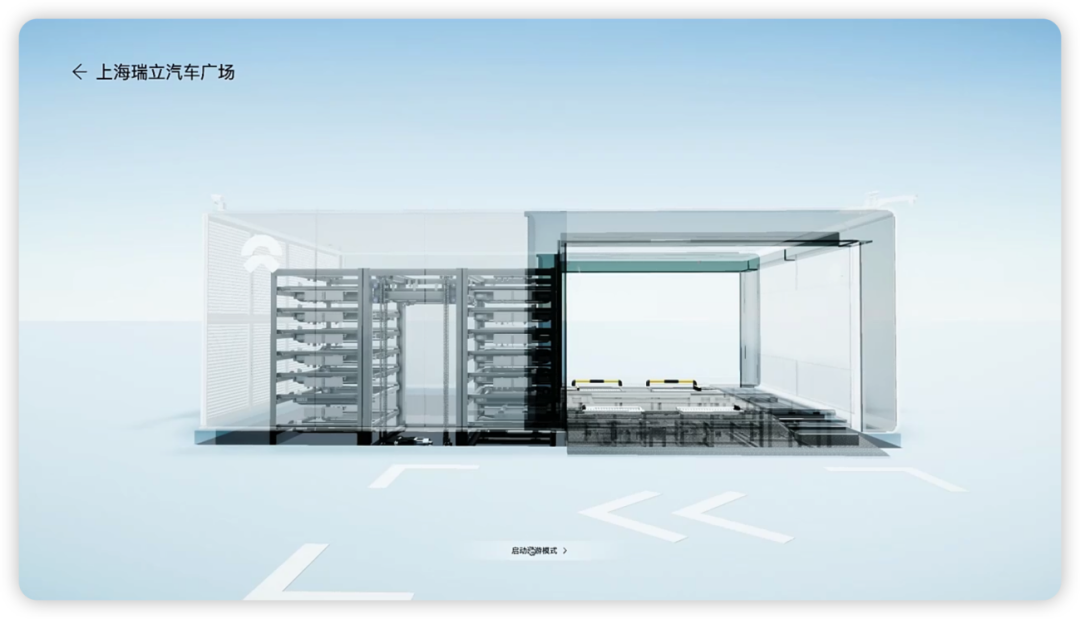
As outsiders, we think it’s cool. However, NIO understands its practical significance.First, because it is a one-to-one real-time training, NIO can use it to train operation commissioners. Even because it is transparent 3D, its training effect is even better than offline entities. Second, it helps remote operation and maintenance. Currently, there are about 100 unattended battery swap stations under trial operation in NIO. The digital space battery swap station can help engineers remotely diagnose possible problems, thereby improving the reliability of the battery swap station.
Third, it is the “Smart Planning” function. Thanks to mastering all the replenishment data, NIO Energy Cloud can plan an optimal relay replenishment route based on the current range of different vehicles.
Finally, there is the “Grid Interaction” function.
I don’t know if this is an unexpected gain brought about by the continuous expansion of the battery swap network.
The power grid likes “supply-demand balance”, and the emergence of large-scale battery swap stations can play a regulatory role in “charging less during peak hours and charging more during off-peak hours”. As we mentioned earlier, there are about 9,000 batteries circulating in NIO’s battery swap network. These batteries range from 70kWh to 100kWh, roughly estimating that these batteries can hold about 700,000+kWh of electricity. This scale vaguely smells like energy storage infrastructure, and its scale is still growing.
In the future, NIO is even researching two-way battery swap – “not only can I temporarily not use electricity, but I can also transfer electricity to the grid“. This is certainly further grid interaction, but as for the specific effect, we electric grid novices have to wait for the results.
About the future
“Our mission is to provide electric vehicle users with a better charging and replenishment experience.”Regarding the future of NIO Power, Qin Lihong’s description is simple and straightforward. This seems to be a return to the starting point, but it is also the most reassuring answer.
After all, gaming enthusiasts all know that the last thing they want in a good game is a teammate who messes things up randomly.
By 2025, NIO’s layout of battery swapping stations globally will exceed 4,000. Among them, over 3,000 swapping stations will be located in China, and the rest could be in foreign countries.
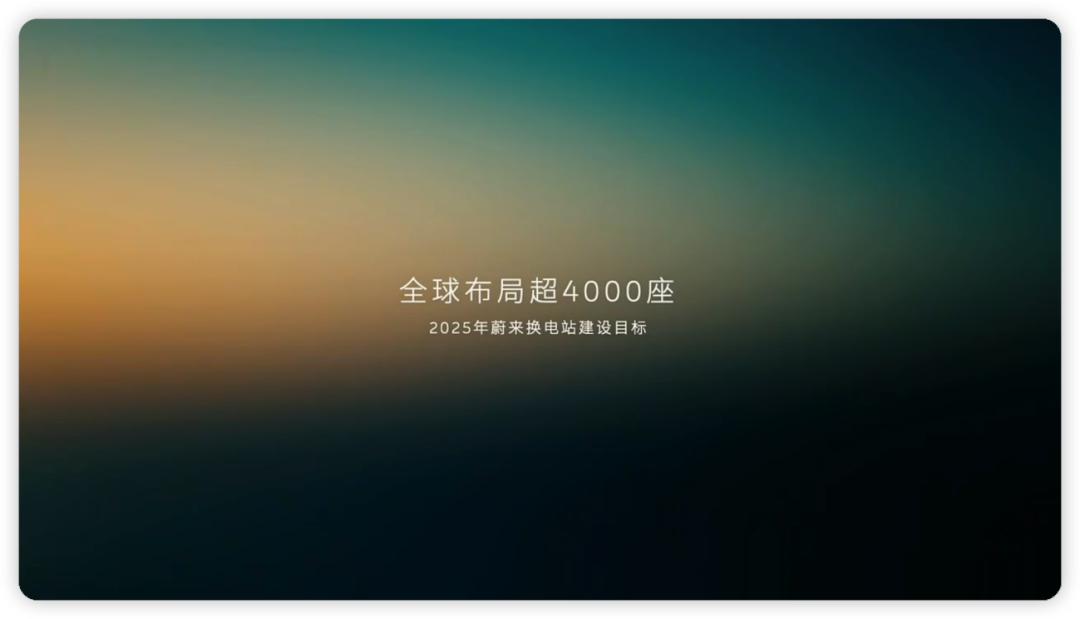
The coverage of “Battery as a Service” (BaaS) will exceed 90 percent.
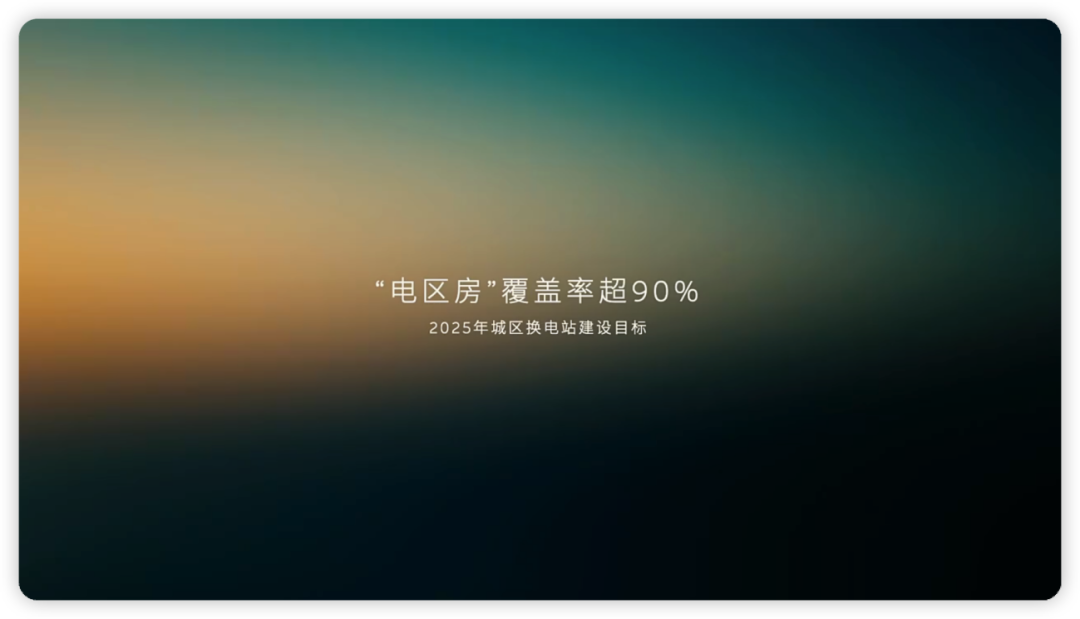
The above mentioned layout is for urban areas, and for highways, by 2025, NIO will fully cover the 9 north-south and 9 east-west highways connecting the 19 major city clusters in China.
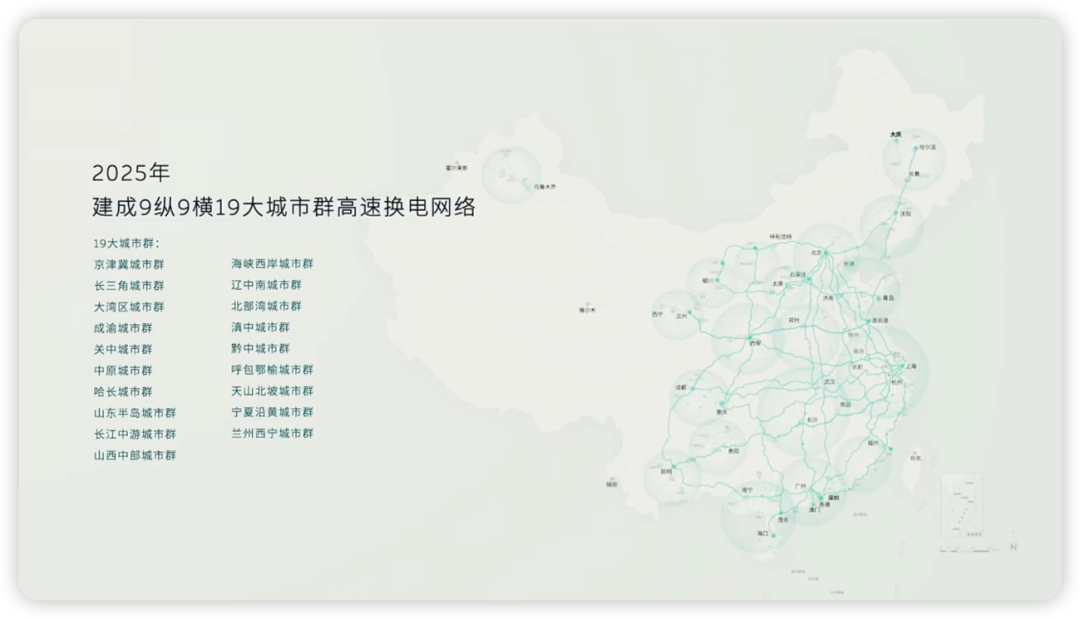
In addition, NIO will continue to support users in exploring the beauty of China’s landscape. By 2025, NIO will have completed 168 destination charging routes. Shennongjia, Xishuangbanna, Xiaoxing’anling, and the Silk Road will soon be included in the range of activities for electric vehicle owners.

As for the products and technology related to NIO Power, Qin Lihong is much more low-key.
The second-generation multifunctional service vehicle that integrates charging, maintenance, and repair has quietly been launched.
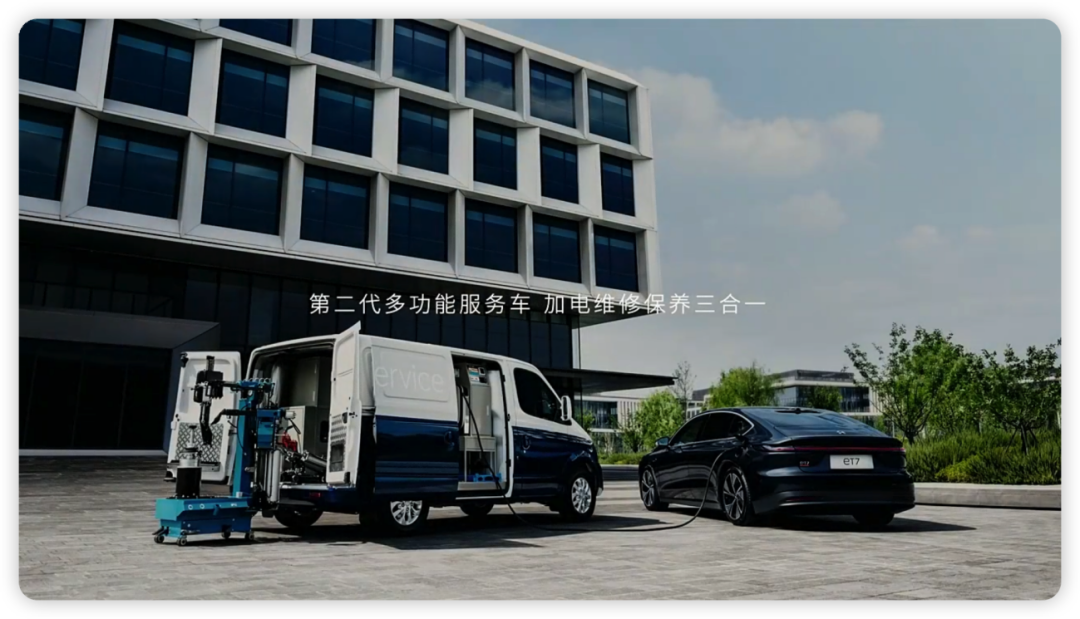
The 500 kW ultra-fast charger is just mentioned in passing.
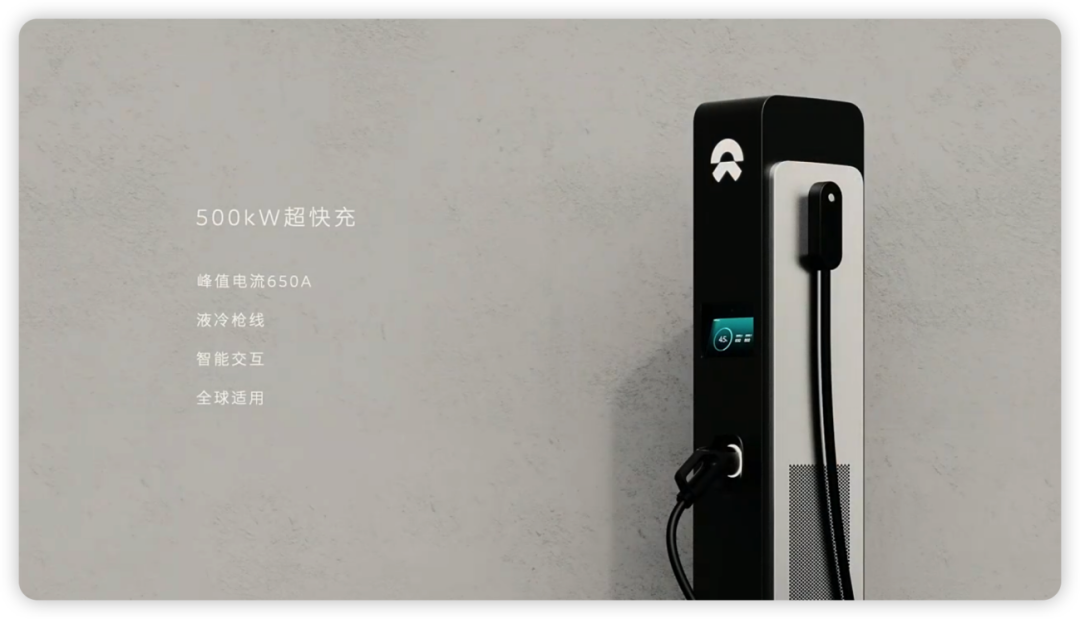
As for the third-generation battery swapping stations and the 800V high-voltage platform battery packs and supporting swapping system, not even a single image was shown.
Either NIO does not want these contents to steal the spotlight of NIO Power’s battery swapping network, after all, today is NIO Power Day; or NIO is laying low, preparing to use these and other contents to launch another or several more press conferences and make impressive moves.
This is a terrifying thing that makes competitors think hard —— The new forces of EVs have actually started playing “keep secrets”.
This is confidence, and it is also an objective fact.
NIO Power, currently the strongest integrated energy replenishment system network in China, is steadily becoming stronger.
This article is a translation by ChatGPT of a Chinese report from 42HOW. If you have any questions about it, please email bd@42how.com.
